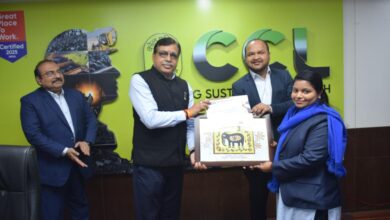Lessons From Urban Flooding In 2022
Mumbai floods 2005 can be termed as first example of urban flooding, which brought focus of experts and government on it

Unprecedented floods in Bangladesh, followed by Assam floods, extremely heavy rains in Madhya Pradesh adjoining parts of Rajasthan, Pakistan floods and the recent Bengaluru floods, have shown how the quantum of extreme events have increased exponentially in South Asia due to climate change. The UN’s Intergovernmental Panel on Climate Change (IPCC) had already warned last year about the increase in extreme weather events across South Asia in the coming years.
With increasing urbanisation, our cities are at greater risk as the volume of damage in terms of loss of human lives, property damage and economic losses are higher than in rural areas. Cities like Mumbai, Kolkata, Bengaluru, Delhi and Chennai are home to millions of people and so high is the climate risk.
According to the IPCC, warming from 1.5°C to 2°C will increase extreme precipitation events across Asia, especially over East and South Asia. Extreme rainfall has direct and increasing consequences on urban flooding risk, which is further exacerbated by urbanisation trends that reduce land permeability, divert water flow and disrupt watersheds.
Mumbai floods 2005 can be termed as the first example of urban flooding, which brought the focus of experts and government on it.The flood of 2005 was truly a disaster as it receded only after seven weeks and affected 20 million people.
Bengaluru floods 2022 are the latest example, where India’s IT hub reportedly registered a loss of over Rs 225 crores.. While changes in Monsoon systems due to climate change led to torrential rains over the city, the situation worsened due to poor urban planning which did not let the water find its way out.Bengaluru was known as the city of lakes, which acted as rescuers from floods as well as droughts. Intense urbanisation process led to encroachment of wetlands, flood-plains, etc. causing floodway obstruction.
Chennai has already battled several floods and continues to be at risk. Climate change is making the city more vulnerable to these threats and poor management of waste disposal, water contamination and lack of drinking water, uncontrolled suburban sprawl and mismanagement in urban planning, are adding to the city’s woes. Due to its plain terrain Chennai lacks natural gradient for free run-off.
The writer of this article is Dr. Seema Javed, a known Environmentalist, Journalist and Communications Expert




